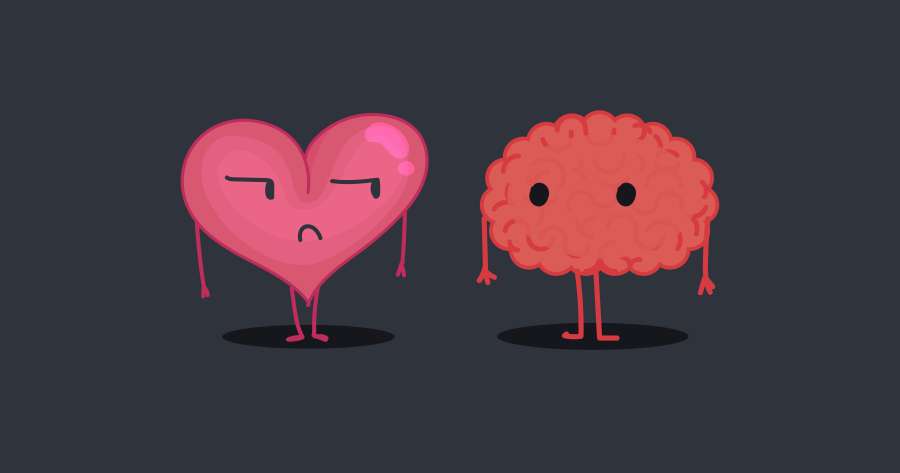5 Hormones That Affect Women's Bodies
February 27th, 2023.png)
We all have hormones that carry out a number of different functions within our bodies. Several of these are responsible for taking a woman through her reproductive growth. This includes puberty, periods, pregnancy and perimenopause and menopause.
With menopause and perimenopause being topics that have been discussed in the media over the last few months, in relation to ways in which businesses can support women with the symptoms that can be experienced during this part of a woman’s reproductive lifecycle.
If you have ever wondered how you can harness the power of your reproductive health and find ways to manage the symptoms that come along with your menstrual cycles such as PMS and the effects that hormones can have on your sleep and weight, then Anna Darrock is holding a FREE session on 6th March where you can learn more about how our hormones impact our daily lives.
Here are five hormones that affect women’s bodies in relation to reproductive health.
Estrogen
This is the most talked about and most well-known female hormone. There are however many different types of estrogen and these each come into play at different points during a women’s reproductive lifecycle. Most of the estrogen in the body is created by the ovaries, although it is made in small amounts by the adrenal glands and in some fat cells.
The role estrogen plays is to mature the women’s body sexually and to thicken the lining of the uterus before ovulation takes place. If pregnancy occurs, estrogen plays an important role in the breast tissue and the development of the foetus and the placenta.
Estrogen levels vary in the body and the highest levels are found during the first half of the menstrual cycle.
Progesterone
Progesterone is the second of the two sex hormones present in a woman’s body. It plays an important role in the menstrual cycle and is another hormone that is present in the ovaries.
Levels of progesterone are at their highest in the body during the second half of the menstrual cycle. This is usually around 14 days before the first day of your period. This hormone causes your uterine lining to thicken. If a fertilised egg is implanted, progesterone plays an important role in the development of the placenta. If pregnancy does not occur the levels of progesterone levels decline.
Testosterone
Testosterone is produced, again the ovaries, with the adrenals also producing some of the hormone. This hormone contributes to sex drive.
Too much testosterone can cause some issues for a woman’s menstrual cycle, and it may contribute to conditions such as polycystic ovary syndrome and issues with conceiving. There are ways that these conditions can be managed and Anna’s course will give you the building blocks to understanding your hormones so you can take further action if needed.
Follicle Stimulating Hormone (FSH)
This hormone is responsible for ovulation and in a standard menstrual cycle this will occur around every 28 days. When the menstrual cycle begins FSH is released by the pituitary gland and signals the ovaries to stimulate the follicles. This then causes an egg to be released.
FSH levels tend to increase with age and it is thought that this might be due to the need for more of the hormone to be released to stimulate an egg to be released.
Human Chorionic Gonadotrophin (HcG)
This hormone is present during pregnancy, and it is produced by the tissues in the uterus that will become the placenta. It is this hormone that is detected by pregnancy tests to confirm a positive pregnancy. As the pregnancy progresses the hormone levels will continue to increase until the 10th week, at this point the levels of HCG will decline.


